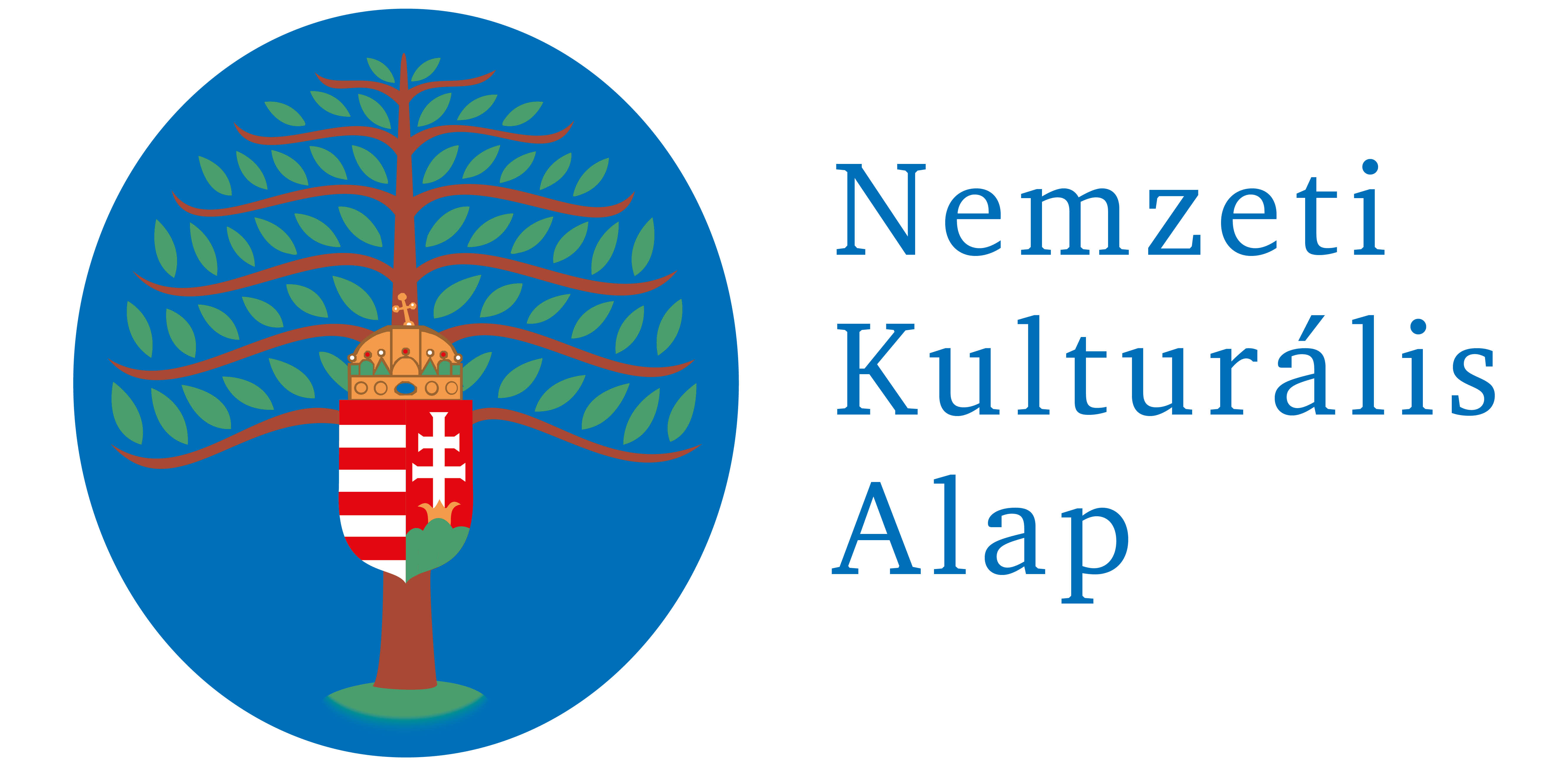Naptár
2024. április 15–19.
2024. április 20.
Eötvös József Kárpát-medencei középiskolai szónokverseny
2024. április 24. – május 3.
Tovább...
2. 2023.
Abstracts in English
Studies
Gombos, Péter – Látics, Barbara
Investigating the relationship between font and text comprehension among upper secondary school students
The basic question of the research is the role of font choice in the comprehension and recall of a text among upper secondary school students. The hypothesis of the study is that a text written with a serif font has a more positive effect on the comprehension and recall of information than text written with a sans serif font. There is no consensus in the literature on this issue. In the past, it was mainly the readability of fonts from a screen that was measured, typically among adults. This research used a test of reading comprehension in a serif (Cambria) and a sans-serif (Candara) font. A total of 450 upper secondary school students took part in the study, in which reading the text was followed by a reading comprehension test, and two weeks later 196 students completed a recall test of 5-5 questions. The aim of the test was to assess whether the recall of information was more effective for the serif or the sans-serif text. A two-sample paired t-test was used to compare the results of the text comprehension and recall tests. No significant difference was found between the results. The hypotheses were not confirmed: neither comprehension nor recall of information was improved for upper-grade students when text was written in a serif font.
Bereczk, Zsófia Mirtill – Parapatics, Andrea
On ways to develop dialect awareness I.
Dialect awareness of secondary school students in Western Transdanubia
The present paper is the first part of a questionnaire-based study on the dialect-related knowledge, experiences, and attitudes of nearly 200 secondary school and technical school students. Results show that, although senior students have slightly more and more systematic knowledge of the issue compared to ninth-grade students, the respondents overall have vague and, in most cases, stereotypical knowledge and attitudes in this area. The research also provides information on (self-reflectively communicated) regional linguistic specificities in the language use of the students surveyed, which for many have already caused unpleasant experiences and even disadvantages. Based on the results, a series of exercises promoting the development of linguistic awareness, not only among the learners in the region under study, has been developed and is presented in the second part of this study (in the Workshop section of this issue of the journal).
Laczkó, Mária
Text comprehension-based narrative production in secondary school
During the complex process of comprehension-based narrative production, the heard content is reproduced in our own words. It is a semi-reproductive speaking task in which the analyses of spontaneous speech and text comprehension are possible at the same time. This speaking task is a common school practice in elementary education. It can also be important in later years, such as in secondary school, as it can be used to infer perceptual characteristics from production features, which can be the basis of a number of school tasks, such as note-taking, or a subtest in the foreign language Matura examination or part of some language examinations.
The present paper analyses the process of text-based narrative production of 11th-grade technical and vocational school students, based on the length and word richness of the speech samples produced. The analysis also includes the quantity and quality of correctly recalled content elements and the typology of errors in recalling these elements. The results of the study highlight the need for practising this task type in secondary schools.
Workshop
Bereczk, Zsófia Mirtill – Parapatics, Andrea
On ways to develop dialect awareness II.
New exercises for teaching dialectology
The second part of this two-part study is intended primarily to help you work on your knowledge of dialects by presenting self-developed teaching ideas based on various forms of work and task types. These tasks, which can be used both in public and in higher education, aim to demonstrate the naturalness of the spatial diversity of language in an experiential way, building on the linguistic awareness and, where appropriate, the linguistic background of pupils and students. An important element of the topic is to develop a positive attitude, to dispel misconceptions as convincingly as possible and, where appropriate, to refute stereotypes, so the exercises presented mostly aim to do this. Based on the experience of the pandemic period, most of the teaching tasks can be implemented in online educational environment. The exercises are also based on the results of an empirical research among nearly 200 secondary school students in the Western Transdanubian region. These are presented in detail in the Studies section of this issue of the journal.
Juhász, Milán
The emergence of text production competence in the National Core Curriculum
The National Core Curriculum is the highest-level common curriculum of the public education system in Hungary, which includes the necessary and indispensable content that pupils should acquire during their primary and secondary education. The present study uses document analysis to examine how and to what extent text-production competence is included in the principles and objectives, the descriptions of the fields of study and the priority development tasks of the five National Core Curricula published in Hungary so far. The study shows which knowledge of which text types is expected at different levels of education, which activities are prescribed for the development of text competence in the five documents, and also highlights how these expectations and activities have changed within the field of Hungarian language and literature during the changes in the National Core Curriculum.














